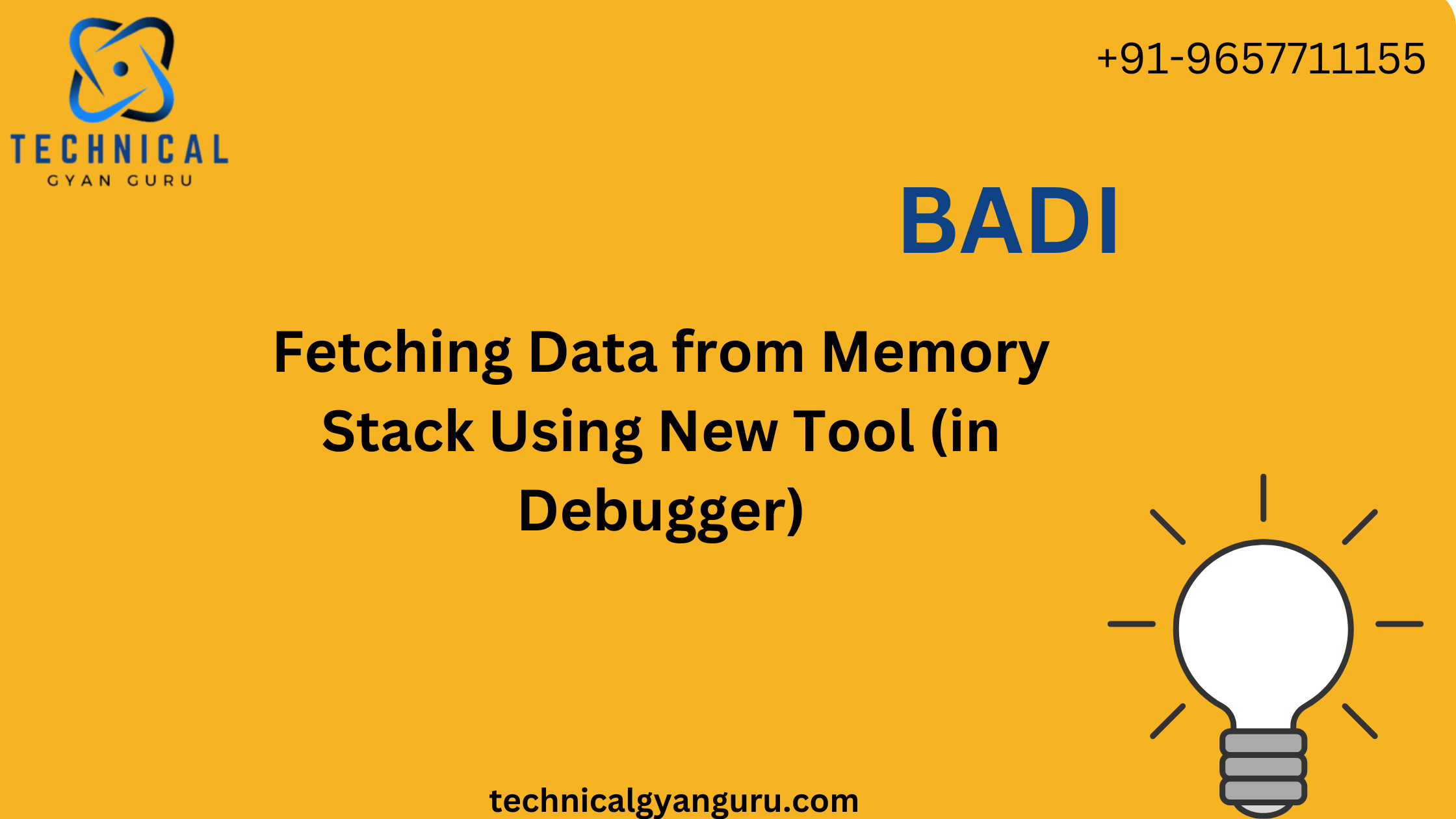
Introduction: SAP Data Intelligence 3.0
SAP Data Intelligence 3.0: In the digital age, data is the lifeblood of enterprises, driving informed decision-making and innovation. SAP Data Intelligence 3.0 emerges as a powerful solution, empowering organizations to harness the full potential of their data landscape. In this blog post, we’ll explore the key features, capabilities, and the transformative impact of SAP Data Intelligence 3.0 on data management and intelligence.
The Evolution of Data Management:
As businesses continue to accumulate vast amounts of data from diverse sources, the need for a comprehensive data management solution becomes imperative. SAP Data Intelligence 3.0 builds upon its predecessors, offering a holistic approach to managing, discovering, and orchestrating data across the entire enterprise landscape.
Key Features of SAP Data Intelligence 3.0:
- Data Orchestration and Pipelines: SAP Data Intelligence 3.0 provides a visual and intuitive environment for designing, deploying, and managing data pipelines. This enables organizations to orchestrate complex data workflows, ensuring seamless data movement and transformation across systems.
- Metadata Management and Discovery: Metadata plays a crucial role in understanding and managing data. Data Intelligence 3.0 enhances metadata management, allowing users to discover, understand, and govern data assets more effectively. This facilitates compliance, improves data quality, and accelerates decision-making.
- Connectivity to Diverse Data Sources: In the era of hybrid landscapes, organizations deal with a multitude of data sources. SAP Data Intelligence 3.0 supports connectivity to a wide range of sources, including SAP and non-SAP systems, databases, cloud services, and big data platforms, ensuring a unified view of the data landscape.
- Machine Learning Integration: Machine learning is integrated into the fabric of Data Intelligence 3.0. This empowers organizations to infuse intelligence into data processes, automating decision-making, predicting trends, and optimizing data workflows.
- Data Governance and Compliance: Data governance is paramount in today’s regulatory environment. SAP Data Intelligence 3.0 provides robust governance capabilities, enabling organizations to establish policies, enforce compliance, and ensure the secure and ethical use of data.
Impact on Data Management and Intelligence:
- Efficient Data Integration: Data Intelligence 3.0 simplifies the integration of data from diverse sources. Whether it’s structured or unstructured data, on-premise or in the cloud, organizations can seamlessly integrate data, breaking down silos and ensuring a unified view.
- Accelerated Data Discovery: The enhanced metadata management and discovery capabilities empower users to quickly locate and understand relevant data assets. This accelerates the data discovery process, enabling users to make more informed decisions based on trustworthy and well-understood data.
- Agile Data Pipelines: The visual and user-friendly interface of Data Intelligence 3.0 facilitates the creation of agile data pipelines. Organizations can design and deploy workflows with ease, adapting quickly to changing business requirements and ensuring the flexibility to handle evolving data landscapes.
- Predictive Analytics and Optimization: By integrating machine learning capabilities, Data Intelligence 3.0 enables organizations to move beyond descriptive analytics to predictive insights. This opens up opportunities for optimizing data processes, automating decision-making, and staying ahead of emerging trends.
- Data Governance and Trust: Data governance is foundational to maintaining trust in data-driven decision-making. With robust governance features, Data Intelligence 3.0 ensures that organizations can establish and enforce policies, maintain data quality, and comply with regulations, instilling confidence in the reliability and security of their data.
Conclusion:
SAP Data Intelligence 3.0 stands at the forefront of the data management and intelligence revolution. As organizations grapple with the complexities of their data landscape, Data Intelligence 3.0 emerges as a comprehensive solution, offering a unified approach to data integration, discovery, and orchestration. By combining metadata management, machine learning, and governance capabilities, SAP Data Intelligence 3.0 empowers organizations to turn their data into a strategic asset, driving innovation, informed decision-making, and ultimately, business success in the digital era.







